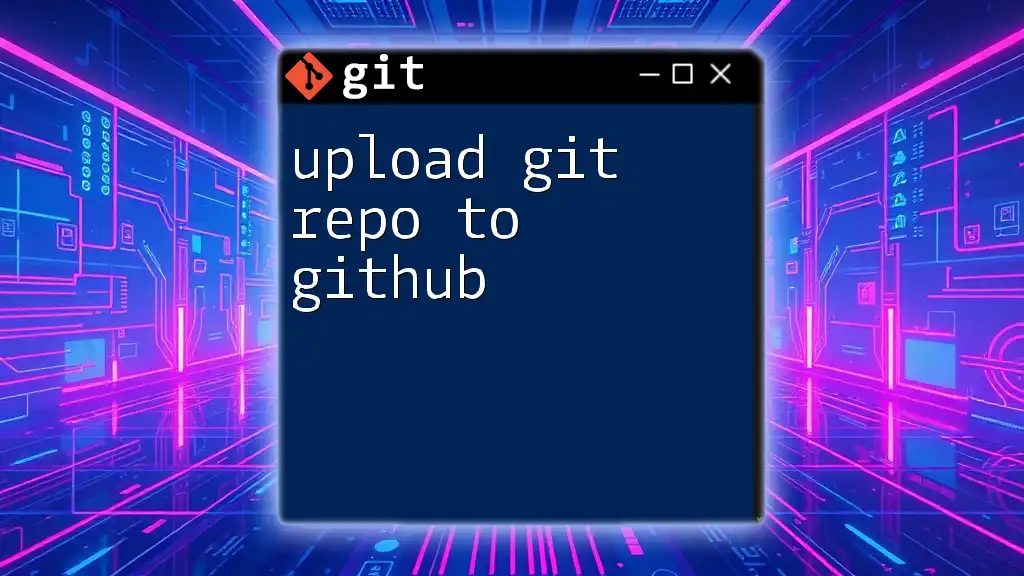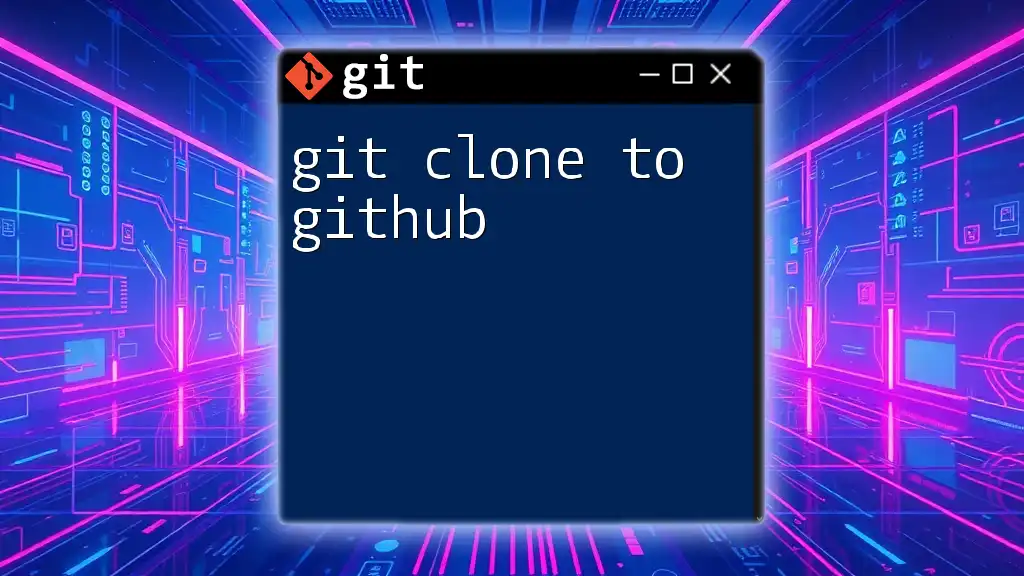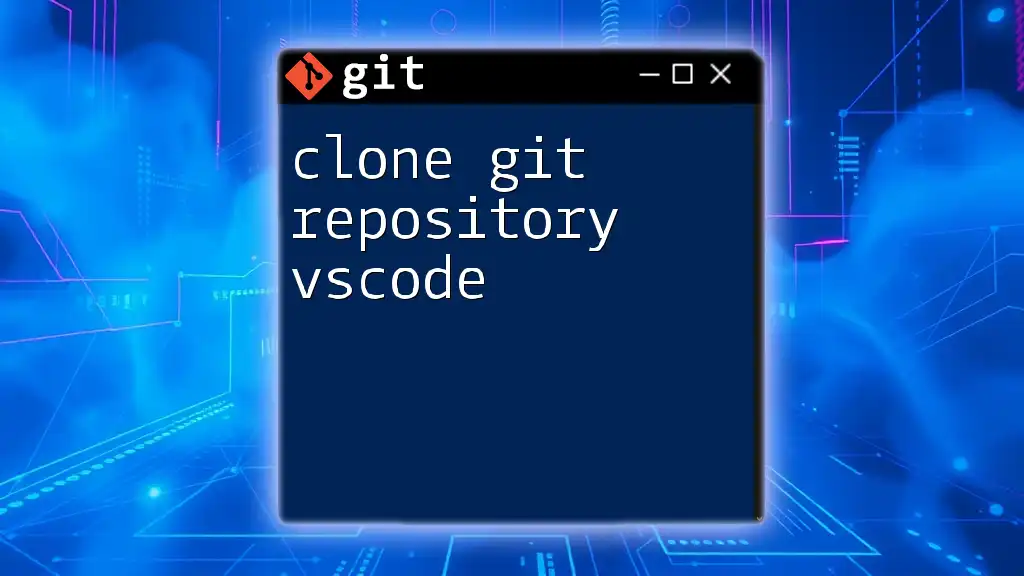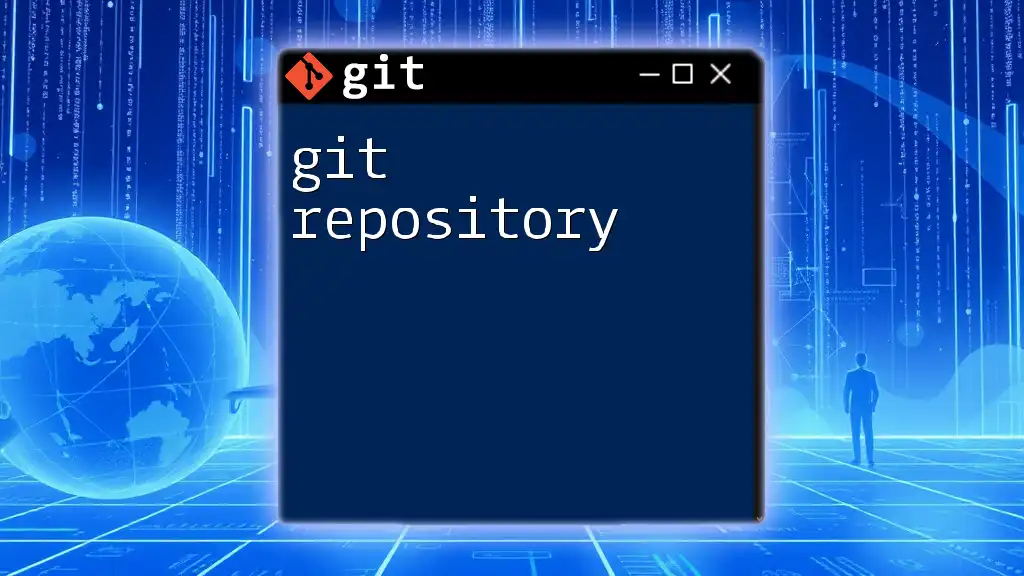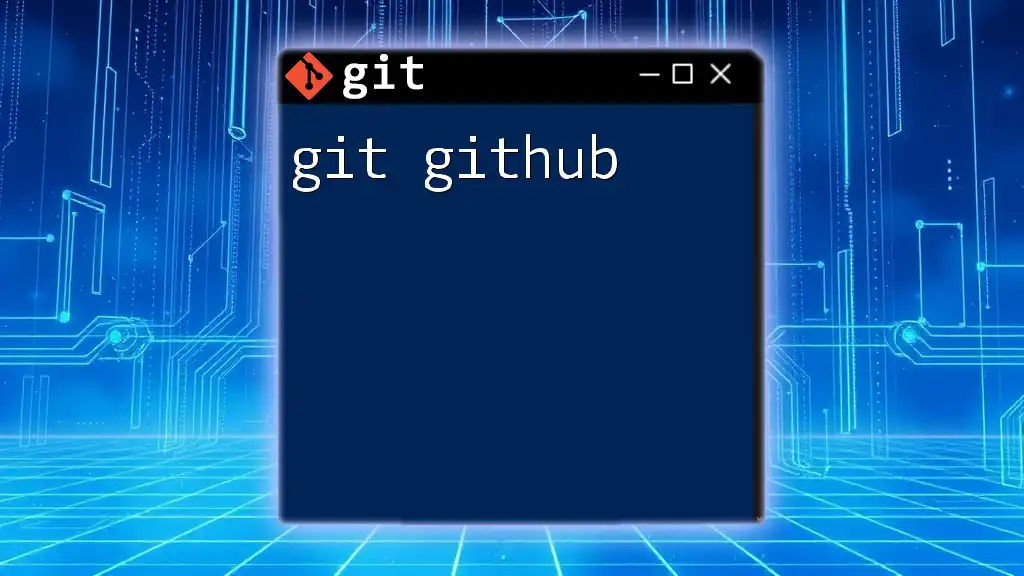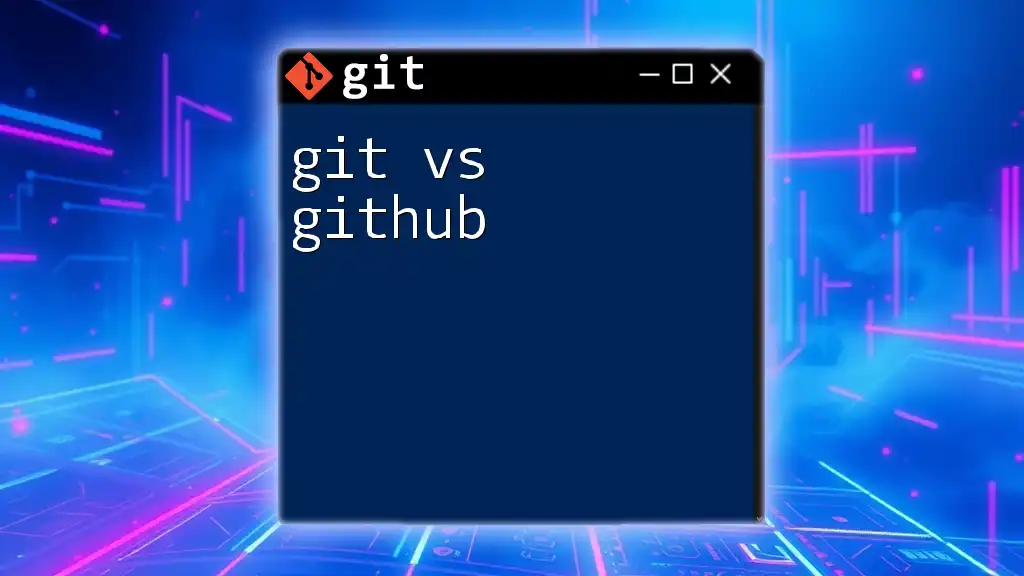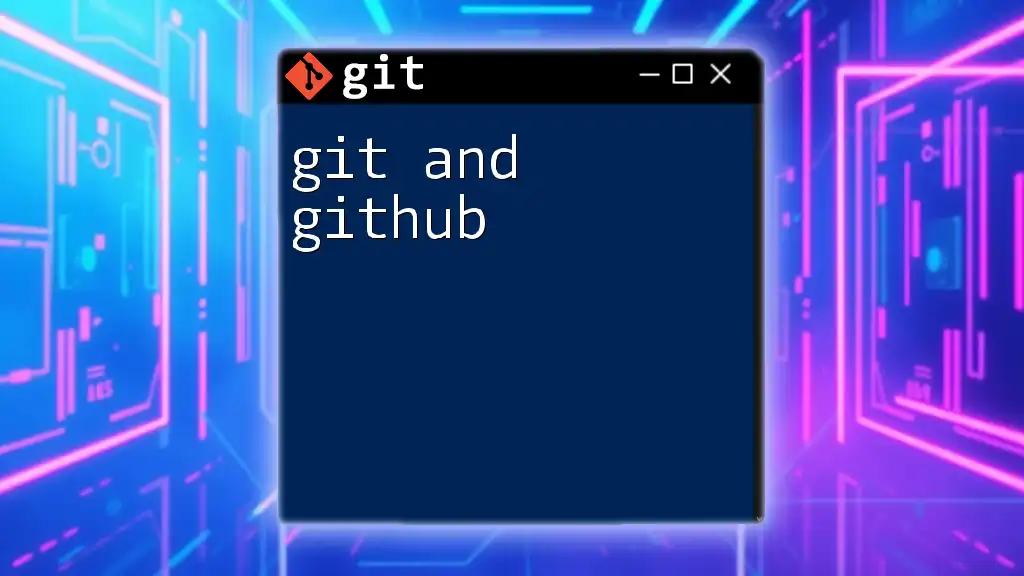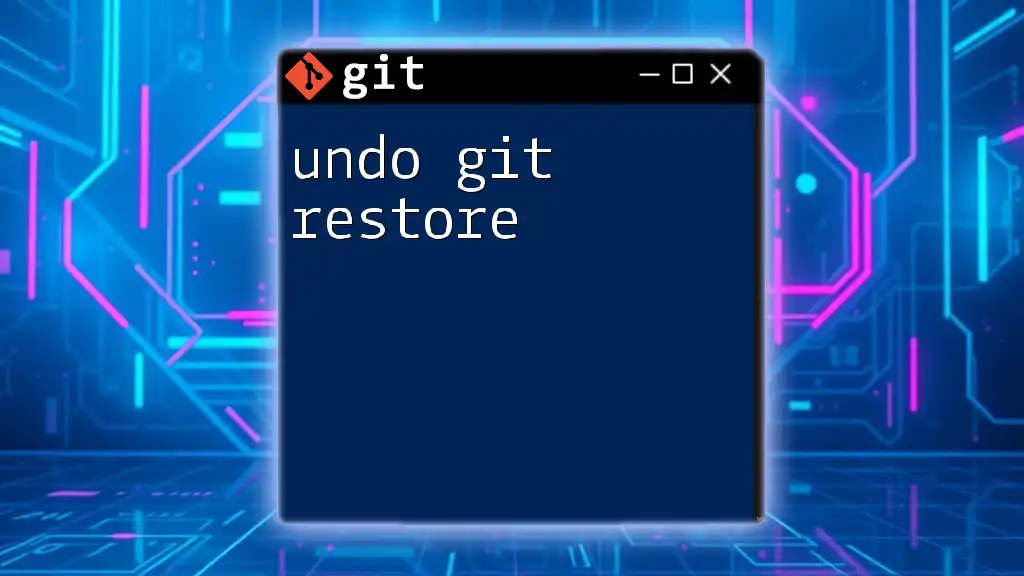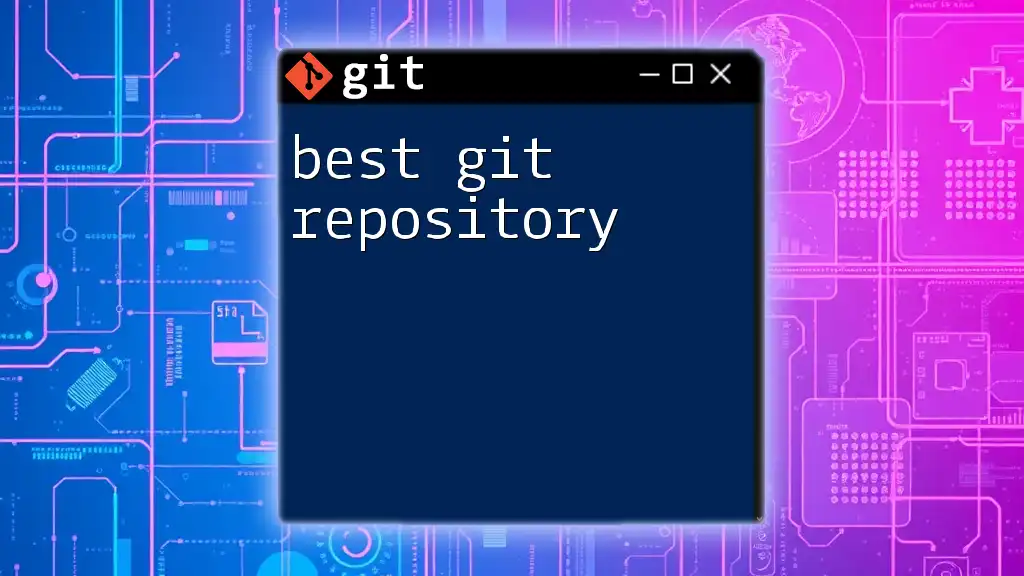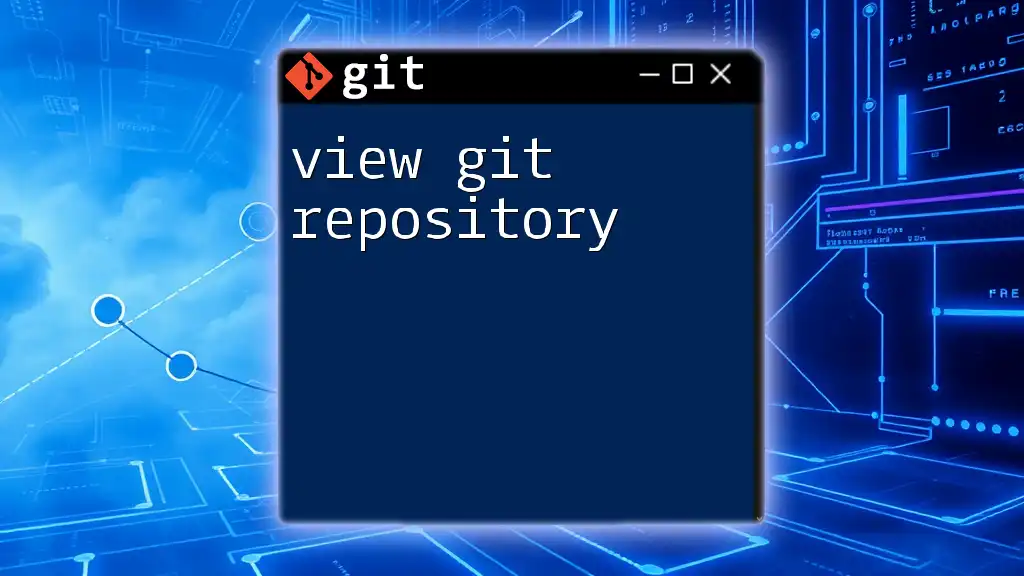To upload a local Git repository to GitHub, you need to create a new repository on GitHub and then use the following commands to add the remote origin and push your code.
git remote add origin https://github.com/username/repo.git
git branch -M main
git push -u origin main
Understanding Git and GitHub
What is Git?
Git is a distributed version control system that allows multiple users to track changes in files and collaborate on projects. Unlike traditional version control systems, which often operate on a centralized server, Git enables every user to maintain a local copy of the entire repository. This local repository can work independently and synchronize with others when necessary, which enhances collaboration and efficiency.
Local Repository vs. Remote Repository:
- The local repository exists on your machine, containing the entire history of changes and allowing you to work without a constant internet connection.
- The remote repository resides on a hosting platform, such as GitHub, facilitating collaboration by enabling users to share their changes and download updates from others.
What is GitHub?
GitHub is a cloud-based platform that uses Git version control to facilitate collaborative software development. It provides a user-friendly interface, with features such as issue tracking, pull requests, and project management tools, that make it easier for teams to work together.
Key benefits of using GitHub include:
- Easy code collaboration
- Visibility into project history and changes
- Integration with various development tools
- Community and support through open-source projects
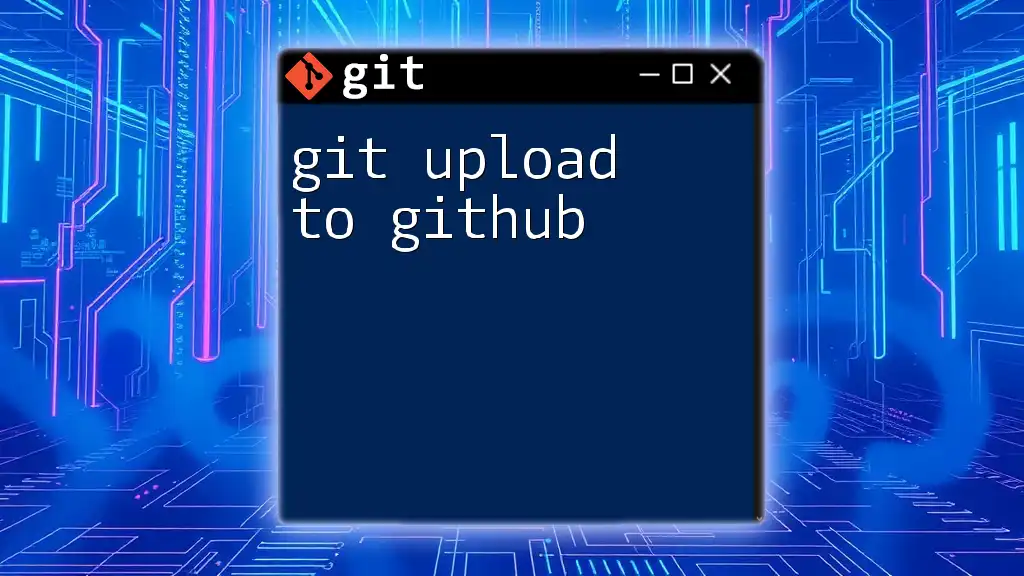
Setting Up Git and GitHub
Installing Git
To begin your journey, you first need to install Git on your local machine. Installation varies by operating system:
Windows:
- Download the Git installer from the [official site](https://git-scm.com/).
- Run the installation wizard and follow the prompts to complete the setup.
- Open Git Bash to start using Git.
macOS:
- You can install Git using Homebrew by running the command:
brew install git
Linux:
- For Debian-based systems (e.g., Ubuntu), use:
sudo apt-get install git
Creating a GitHub Account
Creating a GitHub account is straightforward:
- Go to the [GitHub signup page](https://github.com/join).
- Fill in your username, email, and password.
- Follow the prompts to complete the account setup.
- Enhance your profile by adding a bio and profile picture for better collaboration visibility.

Basic Git Commands
Initializing a Local Repository
To start using Git, you need to create a local repository. You can do this in an existing project directory or start with a new directory. Open your terminal or Git Bash, navigate to your project folder, and run:
git init
This command initializes an empty Git repository where Git will track changes.
Adding Files to the Repository
Once you have your local repository set up, you can start adding files. Use the `git add` command to stage files for committing. For example:
git add <filename>
If you want to stage all changes in the directory, use:
git add .
The `.` acts as a wildcard, including all modified and new files.
Committing Changes
After staging your files, the next step is to commit the changes. Committing captures the state of your repository at a specific point in time. It is essential to write meaningful commit messages, as they provide context for your changes. Run the following command:
git commit -m "Your commit message here"
Best practices for commit messages include starting with a brief summary of the changes, and if necessary, expanding further in the body of the message.

Connecting to GitHub
Creating a New Repository on GitHub
Now that you have a local Git repository, you need to create a corresponding repository on GitHub. Here’s how:
- Log in to your GitHub account.
- Click on the New button on your repositories page.
- Fill in the repository name, description, and whether you want it to be public or private.
- Click Create repository.
Adding the Remote Repository
After creating your GitHub repository, link your local repository to the GitHub remote repository using the `git remote add` command. This command establishes a connection between your local repository and GitHub. You can do this as follows:
git remote add origin https://github.com/username/repo.git
Make sure to replace `username` with your GitHub username and `repo.git` with the name of your repository.
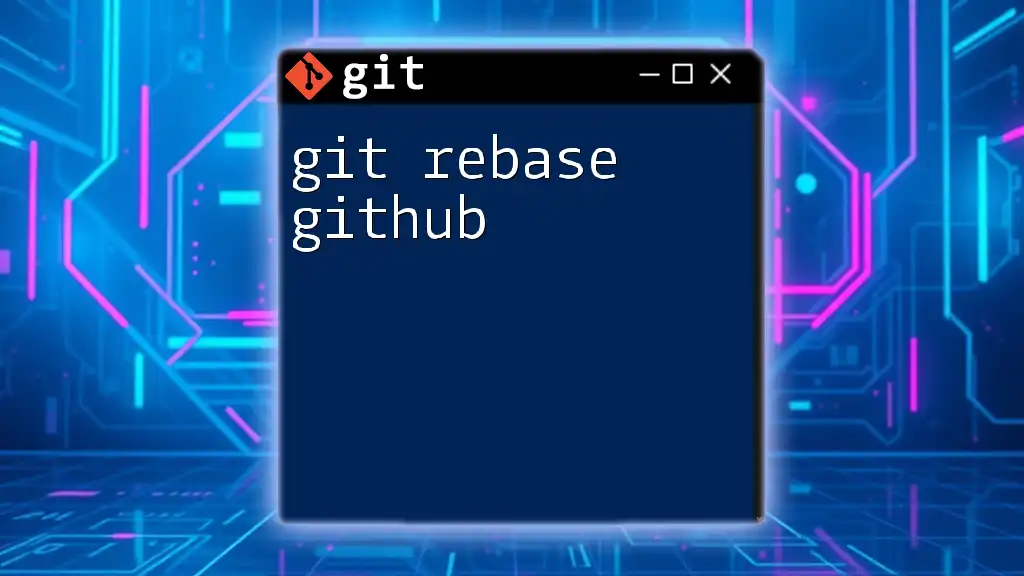
Uploading Your Git Repository to GitHub
Pushing Changes to GitHub
To upload your local Git repository to GitHub, you will use the `git push` command. This command sends your committed changes to the remote repository:
git push -u origin master
Here, `origin` refers to the name you assigned to the remote repository, and `master` is the default branch name. The `-u` flag sets the upstream tracking, allowing you to easily push and pull changes in the future without specifying all parameters again.
Verifying Your Upload
After running the `git push` command, visit your GitHub repository in a web browser. Check to confirm that your files and commit history appear as expected. This verification helps ensure that everything has uploaded correctly, and you can start collaborating with others immediately.
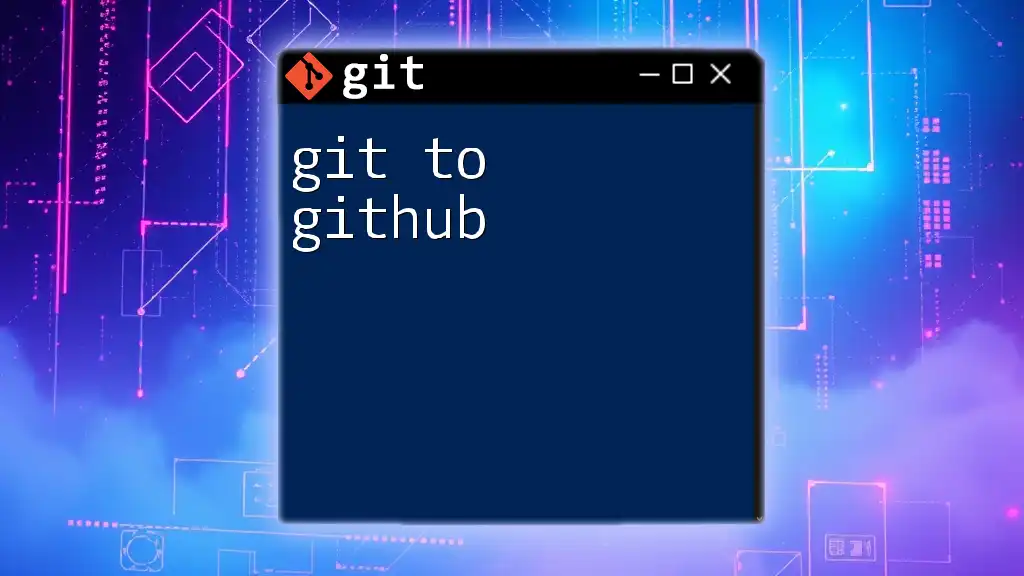
Troubleshooting Common Issues
Authentication Issues
Sometimes, you may encounter authentication errors when trying to push to your GitHub repository. Here are a few solutions:
- Ensure your username and password are correct, especially if using HTTPS.
- Consider setting up SSH keys for a more secure and convenient authentication method.
Conflicts when Pushing
If others have pushed changes to the remote repository before you push yours, you may face push conflicts. To resolve these, first, pull the latest changes:
git pull origin master
After resolving any conflicts that arise, commit those changes and try pushing again.
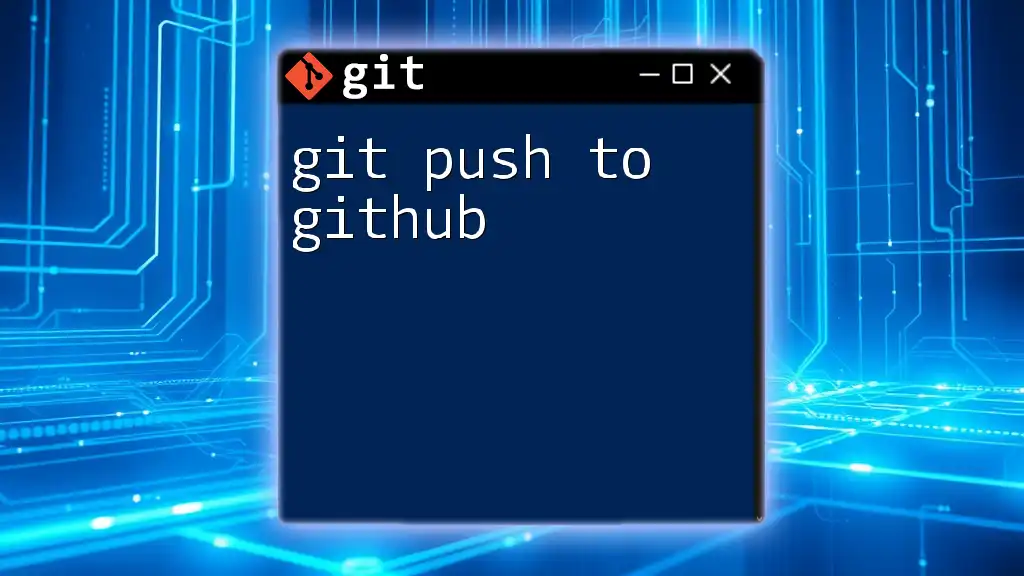
Best Practices for Using Git and GitHub
Organizing Your Repo
Maintaining a clean and organized repository helps in collaboration. Use clear naming conventions for branches, files, and commit messages. This practice fosters better communication when working in teams.
Regular Commits
Commit your changes regularly to document progress and capture the state of your code. Frequent commits allow you to track development and make it easier to revert to earlier versions if needed. Aim for concise and clear commit messages to enhance understanding for both you and collaborators.
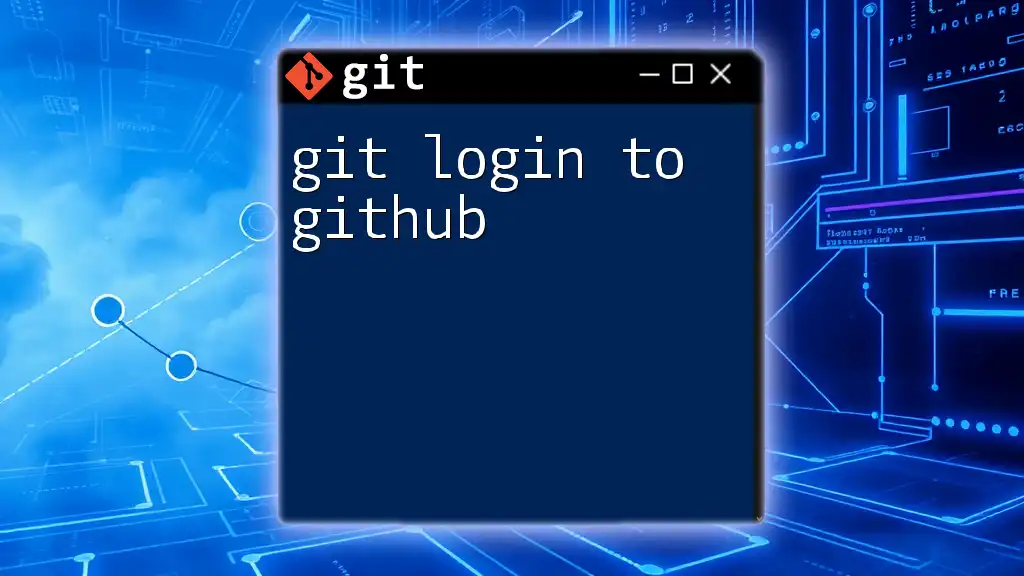
Conclusion
This guide has provided you with the essential steps to upload a Git repo to GitHub, from setting up Git to safely pushing your changes. Regular practice will enhance your familiarity with Git commands and GitHub features. For further learning, explore the advanced functionalities of Git and engage with the collaborative community on GitHub.
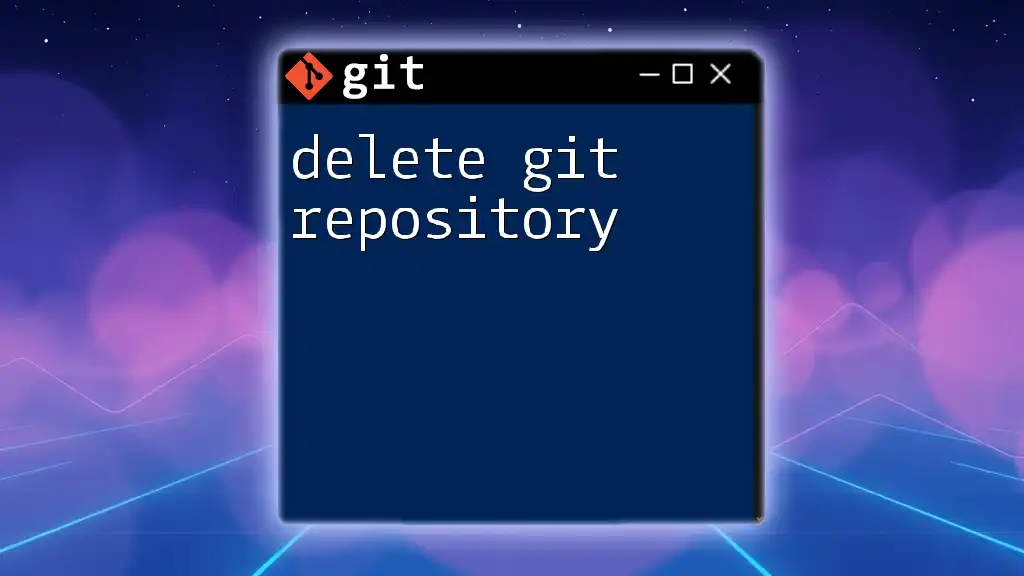
Additional Resources
- [Official Git Documentation](https://git-scm.com/doc)
- [GitHub Learning Lab](https://lab.github.com/)
- [Pro Git Book](https://git-scm.com/book/en/v2)
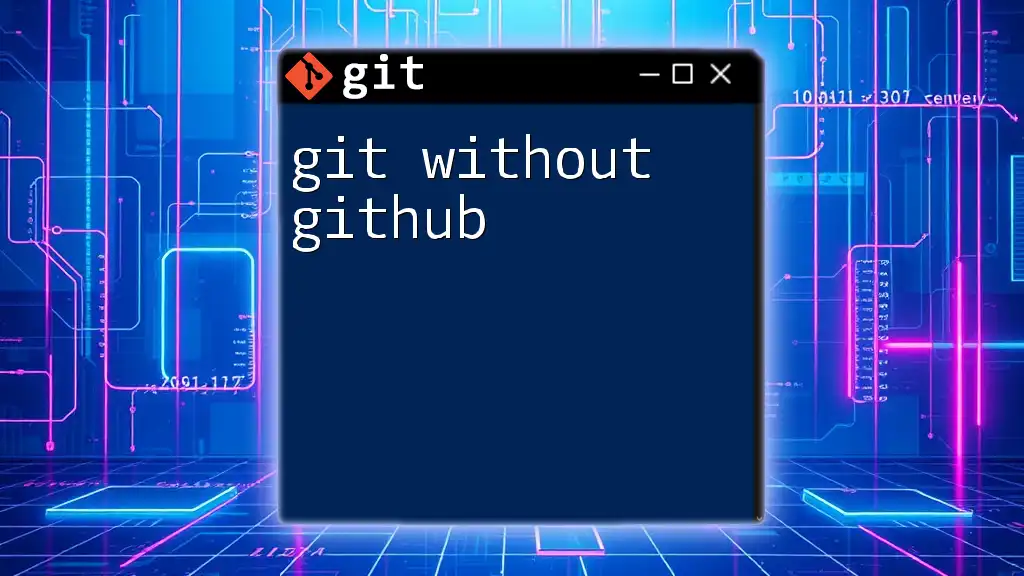
FAQs
What is the difference between Git and GitHub?
- Git is the version control system for managing changes in files; GitHub is a cloud platform for hosting Git repositories.
Can I use Git without GitHub?
- Yes, Git can function independently on your local machine without a remote repository.
How do I revert changes in Git?
- Use the command `git checkout` for files or `git reset` if you want to undo commits.
What are branches in Git, and how do I use them?
- Branches allow you to diverge from the main line of development and work independently. This feature helps manage features or fixes in isolation before merging them back into the master branch.

